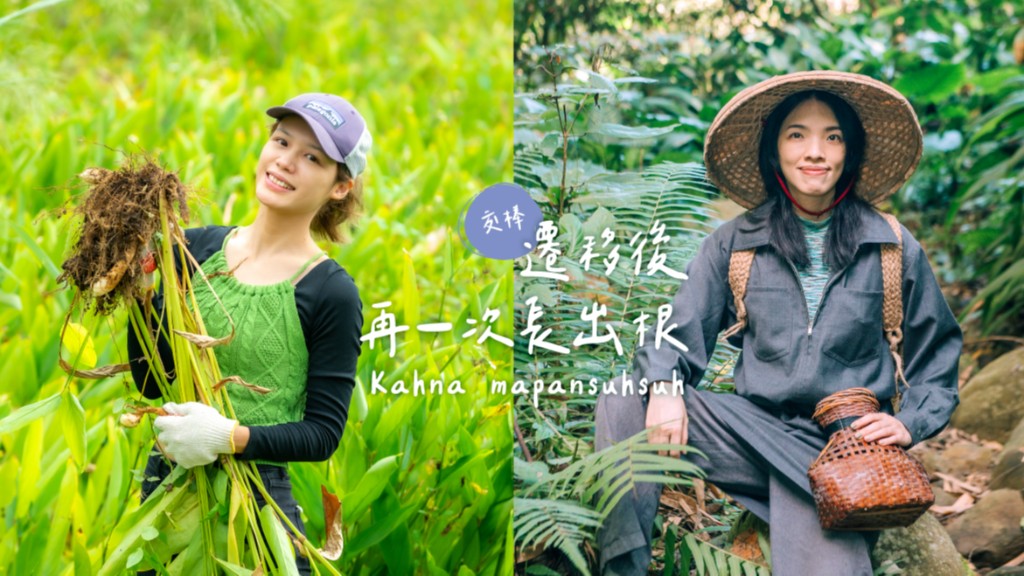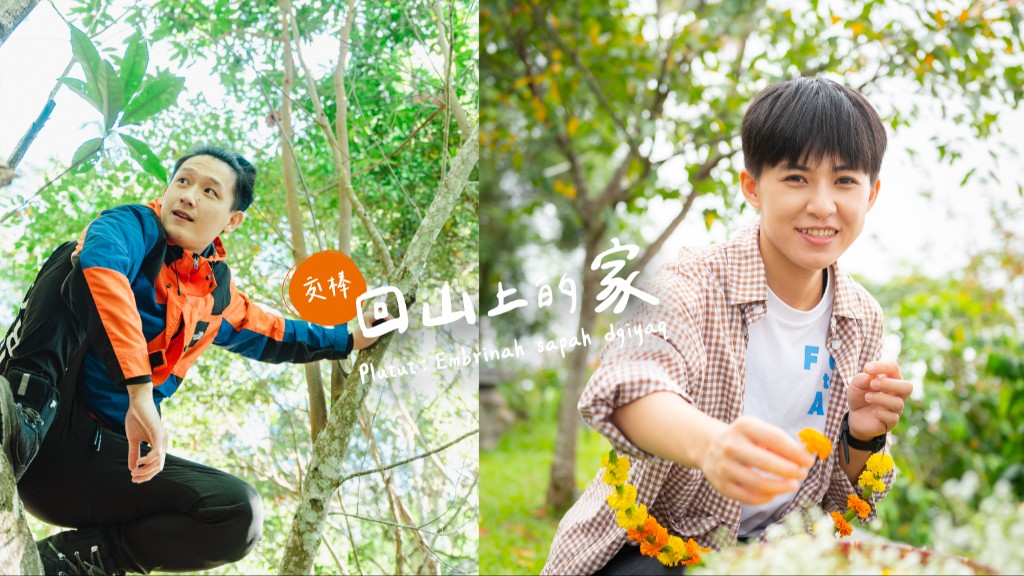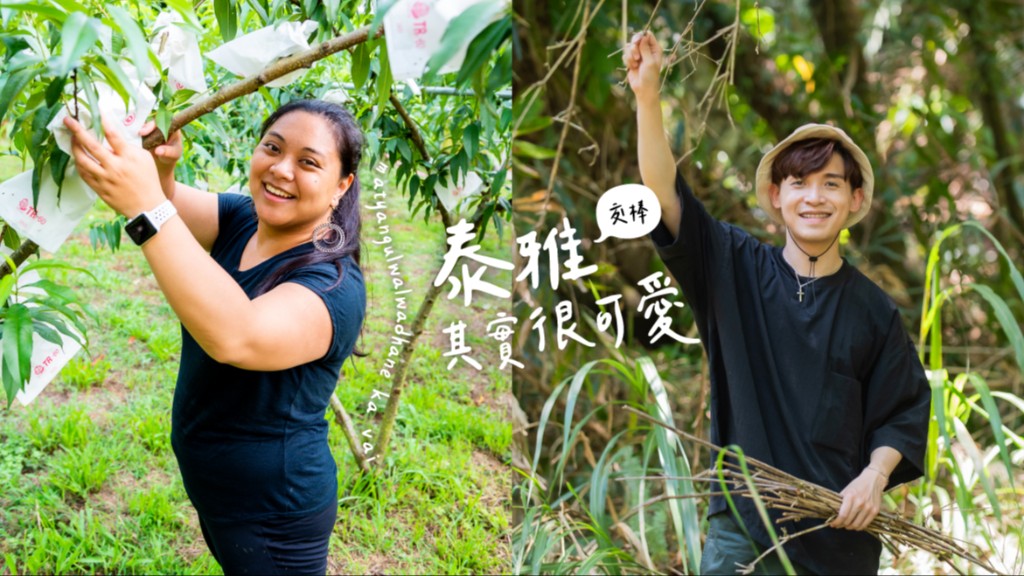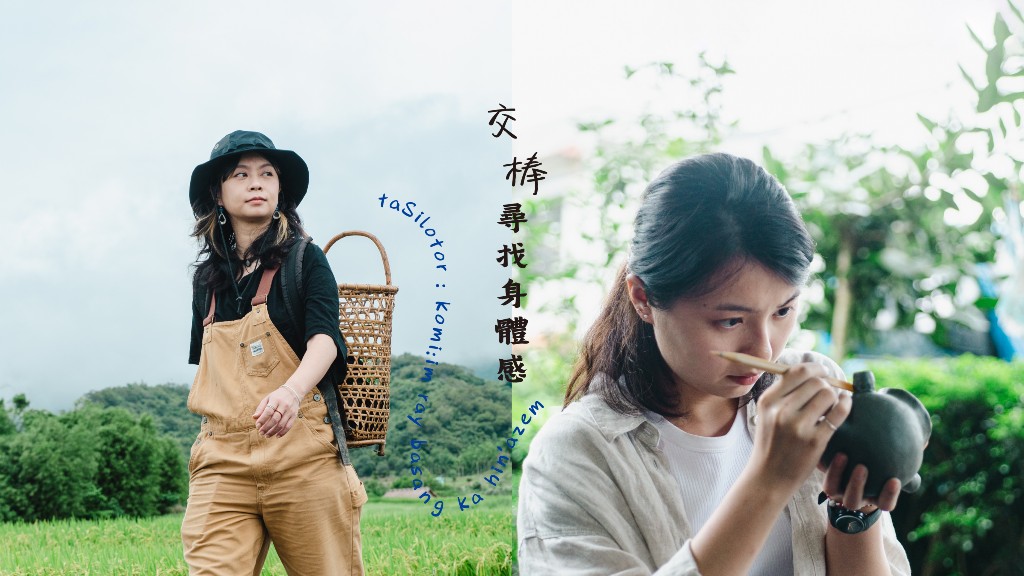Is there any change in your impression and views about indigenous people?
 After spending a day with them today, I still think they are upbeat by nature and am impressed by their sharply defined features. I believe that whatever ethnic group one belongs to, every indigenous person has their own specialties and individuality. Although some friends of mine are indigenous, we seldom touch on issues about indigenous culture. It is because my knowledge about it is limited, and I am afraid that I might ask thoughtless questions that could make them feel offended. On an occasion like today’s workshop, I feel much more relaxed and comfortable with asking things I want to know.
After spending a day with them today, I still think they are upbeat by nature and am impressed by their sharply defined features. I believe that whatever ethnic group one belongs to, every indigenous person has their own specialties and individuality. Although some friends of mine are indigenous, we seldom touch on issues about indigenous culture. It is because my knowledge about it is limited, and I am afraid that I might ask thoughtless questions that could make them feel offended. On an occasion like today’s workshop, I feel much more relaxed and comfortable with asking things I want to know.
You take the challenge of making the Paiwan’s traditional floral wreath. Do you have any previous experience in making handicrafts?
 Yes, I do. I have not only bought a sewing machine but also made leather goods myself. I love the feel of handmade quality, though, I’m not sure if I enjoy making handicrafts. Making a floral wreath is far more difficult than I thought. It is not until I begin to try my hands that I realize there are so many details to pay attention to in each step. I know well that I am not good at crafts, so I get a bit nervous while making them. Seeing everyone working so swiftly and deftly, I feel stressed and cannot help but to speed up as much as possible. It’s too amazing that they have to make hundreds of them in a day for the occasion of a wedding.
Yes, I do. I have not only bought a sewing machine but also made leather goods myself. I love the feel of handmade quality, though, I’m not sure if I enjoy making handicrafts. Making a floral wreath is far more difficult than I thought. It is not until I begin to try my hands that I realize there are so many details to pay attention to in each step. I know well that I am not good at crafts, so I get a bit nervous while making them. Seeing everyone working so swiftly and deftly, I feel stressed and cannot help but to speed up as much as possible. It’s too amazing that they have to make hundreds of them in a day for the occasion of a wedding.
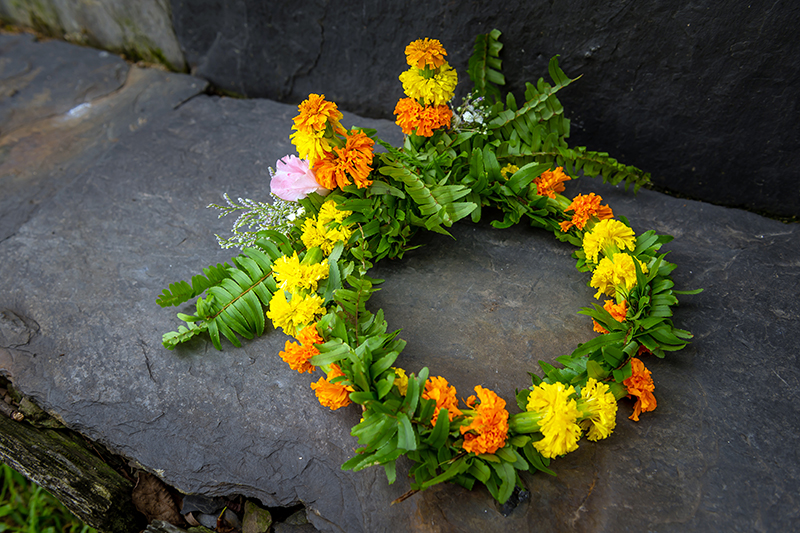
What impressed you most about the old site of the elementary school?

On my previous trip to Wutai, I had the chance to see a local slate house. It was preserved in a small museum, with an enclosed square cooking space inside. With this in mind, I bring up the question about the layout to know if there are any differences between them while studying the model of the Paiwan-style slate house. I admire the Paiwan people greatly for their skills and hard work in building slate houses. Every time I climb up the trail, I cannot help but wonder how many people are required to carry these stones up into the mountains, let alone build houses.
I often see people share their stories about the indigenous “forbidden places” in the mountaineering forum. This adds a sense of sacredness to my impression of indigenous communities, reminding me to be careful to follow the rules of the village. By the same token, the old site of the elementary gives me a feeling that resembles my previous mountaineering experience of visiting a place where I dared not to touch anything disrespectfully. Sometimes animal skeletons were found there, and I dared not approach them fearing that there might be taboos about them. Plus, they did not belong to me anyway. I feel very lucky to be able to be here today to learn about the Paiwan culture. This knowledge will serve as a source of information for me to share with other mountaineers when encountering a similar situation in the future.
Hearing Mani say that she returns to the old village for the sake of work, I cannot help but wonder how much time it took her to rebuild the community and acquaint herself with its history and culture. What can I do if I return to my hometown? Am I willing to do it? I haven’t had any connection to my hometown since I left for college. If that were the case, what kind of role and mentality should I take when faced with the decision? It’s never easy.
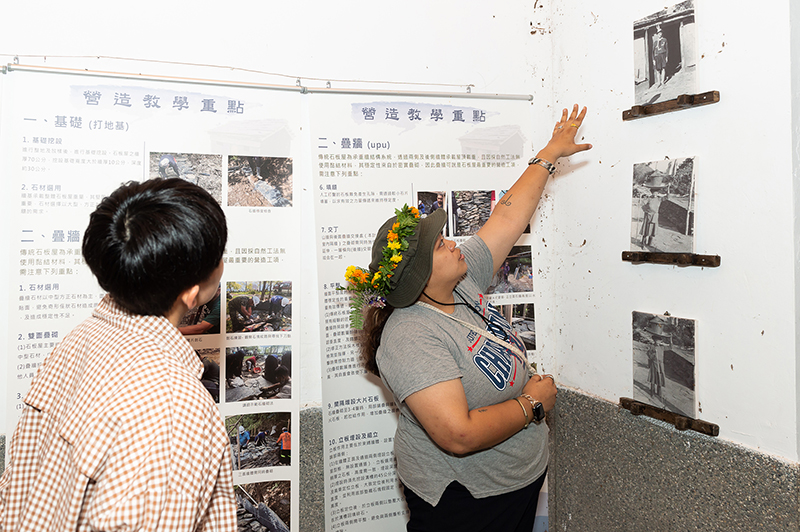
You have learned about the Paiwan rituals for birth and death. How do you feel about them?
 It is customary for the people of Paiwan to bury a newborn infant’s umbilical cord in the corner of the house and pose the dead in the same position as birth. They place a significant value on the meaning of life. Although we non-indigenous people share a similar view that we are living toward death, death seems to be a taboo topic in our society. People seldom talk about it even if they live to an old age. The lessons I learned today have given me some other perspectives on death.
It is customary for the people of Paiwan to bury a newborn infant’s umbilical cord in the corner of the house and pose the dead in the same position as birth. They place a significant value on the meaning of life. Although we non-indigenous people share a similar view that we are living toward death, death seems to be a taboo topic in our society. People seldom talk about it even if they live to an old age. The lessons I learned today have given me some other perspectives on death.
What does it feel to serve as a cook for the first time? What does the pinuljacengan taste like?

Since I rarely cook for myself, having the chef here to help control the fire makes me much more at ease. Also, since I am good at making dan bing, I can take this opportunity to better my cooking skills. Perhaps in the future, I can open a breakfast restaurant of my own and teach guitar in the afternoon. Who knows? (laughing)
The taste of pinuljacengan (a kind of Paiwan millet congee) made with rice is easy to imagine, while the red quinoa version, though not looking delicious, smells fragrant and makes a perfect match with fermented tofu.

You have experienced a night hunting with the local hunter. How is it different from your previous mountaineering experience?
 Even when navigating the mountains at night, I remained in awe as usual. As a lowlander unfamiliar with the environment, normally I would make adequate preparations, equipping myself with mountaineering gear and offline maps as well as checking the route in advance. Since I didn’t make any preparation for today’s night hunting, I was more cautious than usual. Still, I felt much safer with the hunter serving as the escort behind us. Otherwise in most cases, I am usually the one who leads the team, escorted by the experienced mountaineer behind.
Even when navigating the mountains at night, I remained in awe as usual. As a lowlander unfamiliar with the environment, normally I would make adequate preparations, equipping myself with mountaineering gear and offline maps as well as checking the route in advance. Since I didn’t make any preparation for today’s night hunting, I was more cautious than usual. Still, I felt much safer with the hunter serving as the escort behind us. Otherwise in most cases, I am usually the one who leads the team, escorted by the experienced mountaineer behind.

